Professor Edward D. Hess offers a clear, methodical synthesis of current research. If you are familiar with the fields of learning and thinking, or with learning organizations, you’ll recognize much of this intelligently compiled content. However, you’ll still learn from reading Hess’s clear, methodical overview, which works as a manual for applying today’s research to yourself and your firm. While focusing on core concepts and tools, Hess also offers usefully honest accounts of his personal experiences and the transformations people go through to become better learners. His case studies are fascinating. getAbstract recommends Hess’s work to teachers, managers, innovators and anyone interested in learning organizations.
Creating a “High-Performance Learning Organization”
Excellence and innovation require constant learning as an individual and as part of a learning organization. Peter M. Senge’s The Fifth Discipline popularized learning organizations in 1990. Since then, “the science of learning” has made great strides. New approaches draw on education, psychology and neuroscience to integrate studies of change and performance. These methods can help your firm become a high-performance learning organization (HPLO).
Learning calls for evaluating the “relationships between stimuli and their effects.” For example, you learn what happens when you take certain actions by observing the results. Then you build context through time and repetition. You link your observations together by creating narratives and developing structured, categorizing systems. These systems or processes eventually function automatically, like an operating system. Your internal operating system works subconsciously, and shapes your perceptions and emotions.
To learn better, you need to understand your system, so you can change and improve it. In Thinking Fast and Slow, Daniel Kahneman identified...
Edward D. Hess, the Batten executive-in-residence at the University of Virginia Darden Graduate School of Business, also wrote Smart Growth and 10 other books.








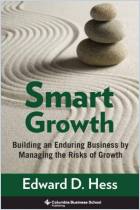
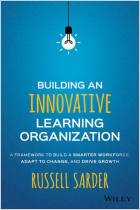
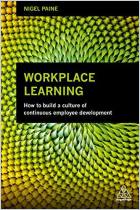
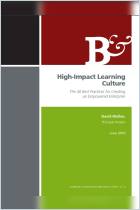
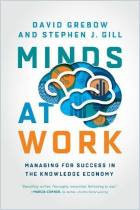
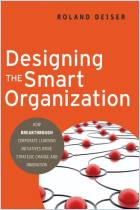
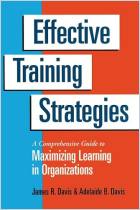




Comment on this summary